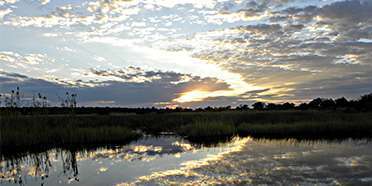
Safari Tours to Bwabwata NP
-
![14-Day Namibia, Chobe, and Victoria Falls Safari]()
14-Day Namibia, Chobe, and Victoria Falls Safari
$5,793 pp (USD)
Botswana, Namibia & Zimbabwe: Private tour
Mid-range Lodge & HotelYou Visit: Windhoek (Start), Sossusvlei (Sand Dunes), Swakopmund (City), Twyfelfontein (Rock Art), Western Etosha NP, Eastern Etosha NP, Mahango GR (Zambezi Region), Bwabwata NP (Zambezi Region), Chobe River, Chobe NP, Victoria Falls, Victoria Falls Airport (End)

Nature Travel Namibia
5.0/5 – 185 Reviews
-
![11-Day Etosha, Caprivi, Chobe and Vic Falls Adventure]()
11-Day Etosha, Caprivi, Chobe and Vic Falls Adventure
$5,362 pp (USD)
Botswana, Namibia & Zimbabwe: Private tour
Mid-range Lodge & Tented CampYou Visit: Windhoek (Start), Etosha NP, Mahango GR (Zambezi Region), Bwabwata NP (Zambezi Region), Chobe River, Chobe NP, Victoria Falls, Victoria Falls Airport (End)

Nature Travel Namibia
5.0/5 – 185 Reviews
-
![15-Day Victoria Falls & Namibia Safari]()
15-Day Victoria Falls & Namibia Safari
$3,661 to $3,945 pp (USD)
Botswana, Namibia & Zimbabwe: Self-drive
Mid-range Lodge & Tented CampYou Visit: Victoria Falls (Start), Chobe River, Chobe Riverfront (Chobe NP), Kwando River, Bwabwata NP (Zambezi Region), Popa Falls (Zambezi Region), Mahango GR (Zambezi Region), Eastern Etosha NP, Waterberg Plateau, Windhoek (City), Windhoek Airport (End)

Firefinch Safaris & Car Hire
5.0/5 – 13 Reviews

 Namibia Parks
Namibia Parks







_774_5c10b301bc706.gif)


